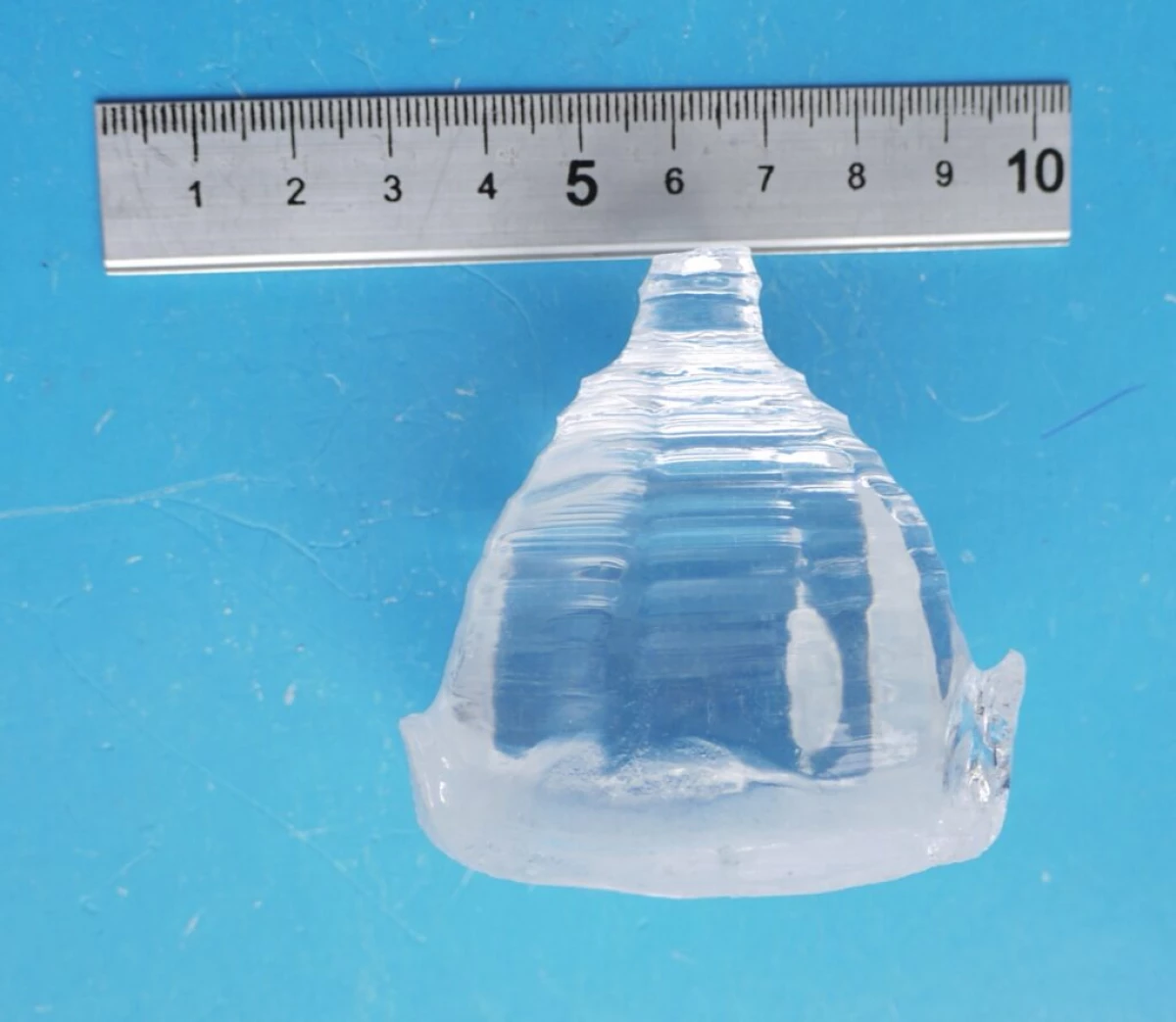
The study was supported by the Grant of the Russian Scientific Foundation (RNF) and published in The Journal of Chemical Thermodynamics magazine. Modern physics for several decades is trying to find out the nature of one of the most paradoxical subatomic particles - neutrino.
For the first time, the particle was seen at the beginning of the twentieth century, when when observing the reaction of beta decay (electron or positron is released), scientists found that the amount of energy before the reaction occurs and after does not coincide, that is, its conservation law is not complied. Then the Swiss physicist Wolfgant Pauli suggested that there are some elusive particles that carry part of energy with them.
Experimentally, this hypothesis was confirmed only after 23 years. Initially, these particles wanted to be called neutrons, as they are electrically neutral, but this term has already been busy. The particles were called "Neutrino" - from the Italian "neutron". Further study of neutrino with modern scientists can help understand the nature of matter, more detail the star explosions and the structure of the universe. The researchers believe that in the Universe the amount of matter prevails over the amount of antimatter, and neutrino will help explain the cause of this imbalance.

Lithium tungsten single crystals, partially substituted by molybdenum, from which bolometers will be made to study the processes of elastic coherent scattering of neutrinos / © inx
There are ardors about what group of particles includes neutrinos. If we assume that they are in the group of Mayoranian particles, that is, they are antiparticles themselves, then scientists have the opportunity to observe a rare type of beta decay - double beta-decay without neutrino. In this case, two neutrons can pass a beta decay together, so that neutrino emitted by one neutron is immediately absorbed by another neutron. Such beta decays have not yet been observed, so modern scientists are engaged in the development of instruments for tracking such phenomena.
Bolometers are used to observe beta decays (devices for measuring radiation energy) made of high-purity crystals emitting light when absorbing radiation. One of the promising materials for the creation of bolometers is the monocrystals of molybdates of the first and second groups of the Mendeleev table, in particular lithium molybdate (Li2Moo4).
In addition, alkali and alkaline earth metals, molybdates and tungsten are used to study elastic coherent scattering neutrino on nuclei, which allows you to obtain information on the formation of the universe and the evolution of stars, as well as the structure of the nucleus and can be used to monitor nuclear reactors. Lithium-tightened molybdates contain heavy elements (molybdenum and tungsten), due to which the cross section (the probability of interaction) of the elastic coherent scattering of neutrino increases.
The scientists of the Institute of Inorganic Chemistry named after A. V. Nikolaev SB RAS (INH; Novosibirsk) developed a methodology for growing new lithium tungsten monocrystals with a small substitution of tungsten molybdenum and studied their thermodynamic properties. The single crystals are grown using the low-grade method of Czcralsky, in which growth occurs at low temperatures (less than one degree).
Based on the obtained physicochemical patterns, the authors of the work planned the directions in which the functional properties of crystals need to be improved. For example, in the course of the studies, the links between the lattice energy of the studied single crystals and the luminous luminescence were discovered, which makes it possible to further predict the direction of changes in luminescent properties and grow new promising single crystals. This can be done by adding other elements to tungsten-molybdate lithium tungsten.
"Using these single crystals, it will be possible to carry out experiments with kilograms of single crystals, and not with tons. As already noted, the double-neutrified beta decay has not yet been observed, and the nature of elastic coherent scattering of neutrino atomic nuclei is also not well understood.
Therefore, before the materials of the whole world, the task is to create more and more high-purity materials and study their functional properties in detail, "says Nata Matskevich, Doctor of Chemical Sciences, Project Manager for Grant RNF, Leading Researcher Laboratory of thermodynamics of inorganic Materials of the Institute of Inorganic Chemistry named A. V. Nikolaev SB RAS.
Source: Naked Science
